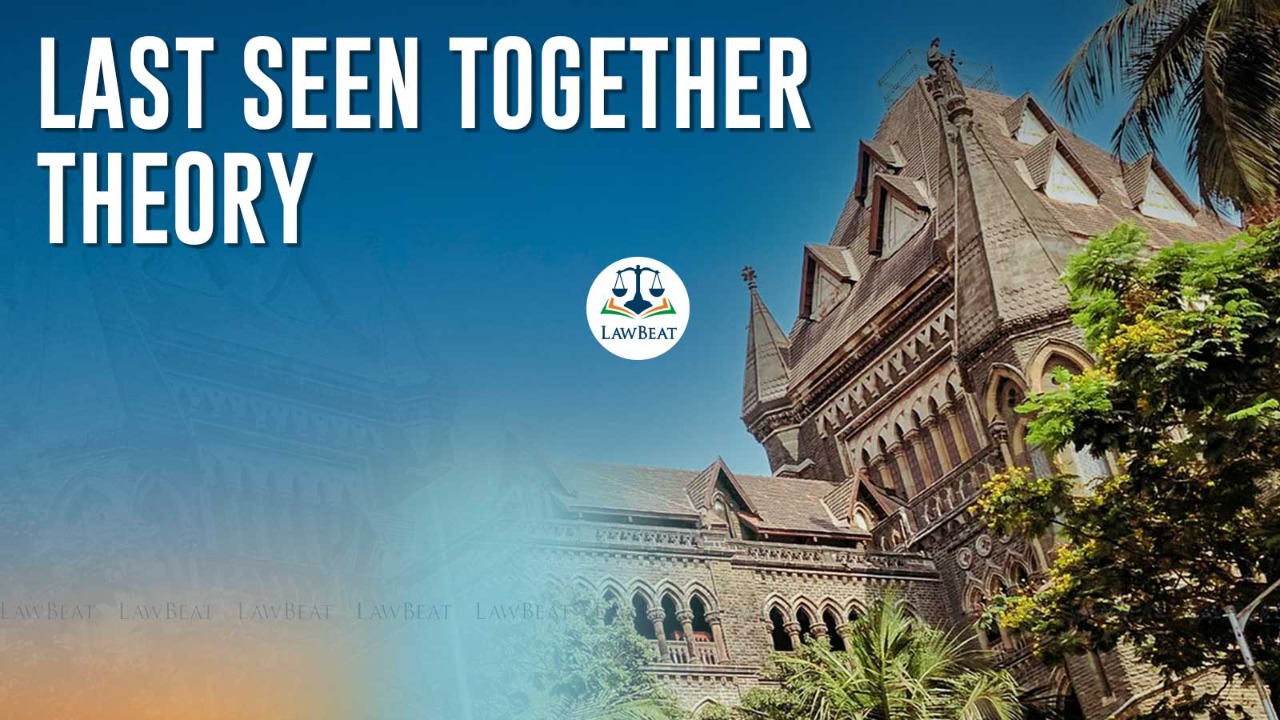“Last Seen Together Theory Alone Not Enough To Convict A Person” – Bombay High Court Sets Aside Conviction

The Court has set aside the conviction under Section 302, IPC, after taking note of the fact that there was no motive proved by the prosecution.
A division bench of Bombay High Court comprising of Justice AS Gadkari and Justice Milind N. Jadhav set aside a conviction by the trial court under Section 302, in an FIR registered in 2013. The Trial Court had convicted the appellant and sentenced him to rigorous imprisonment for life and to pay a fine of Rs. 5000 and in default of payment of the fine to suffer rigorous imprisonment for 4 months.
The case pertains to a matter wherein, the victim was found dead behind a school. The complainant was informed that his father’s dead body is lying behind the school, upon which the complainant along with his cousins went to the school. After identifying the body, They saw an injury on his head. One wooden baton and another piece of wood were lying next to him. They also saw one blood-stained stone lying next to his head and his face was completely smashed. Subsequently, an FIR was registered under section 302 of IPC.
The prosecution's case was based on circumstantial evidence and the last seen theory. The prosecution had produced two witnesses who saw the accused waking up the deceased near a shop and walking towards the school between 9:00 PM to 9:15 PM. The accused had also admitted to this fact.
The advocate of the accused referred to the statement of the accused given under section 313 wherein, it is stated that at 9:00 PM on the date of the incident the accused saw the deceased sleeping near the shop, and due to heavy vehicular movement and to prevent any accident, the appellant woke up the accused to take him to another side of the road. Thereafter, the accused left the place at 9:30 PM and went back to his residence. The lawyer argued that it is highly unlikely that merely on the statement given by witnesses the said crime is committed by the accused at 9:00 PM and that the said fact is never denied by the accused. Further, the case of the prosecution is only based on circumstantial evidence, and there is no clear, cogent, and unimpeachable evidence that proves the guilt of the accused beyond a reasonable doubt.
The court while setting aside the conviction of the appellant under section 302 noted that the appellant had clearly explained the facts to his knowledge and there is no other circumstantial evidence except the last seen theory which proves the guilt of the appellant. Further, the prosecution has also not proved any motive on part of the appellant. The appellant was seen with the deceased four hours before the time of death by the two witnesses.
The Court, therefore, stated that merely on the basis of the “last seen together” theory relied upon by the prosecution in the facts of the present case cannot be held to be the basis for the conviction of the accused.
The High Court also noted that on the day of death, the deceased had sold his cattle and was carrying money with him, therefore the possibility of the deceased being robbed and killed by some third person cannot be completely ruled out.
Case title: Akshay @ Chhotya Kachar Jedgule versus State of Maharashtra
